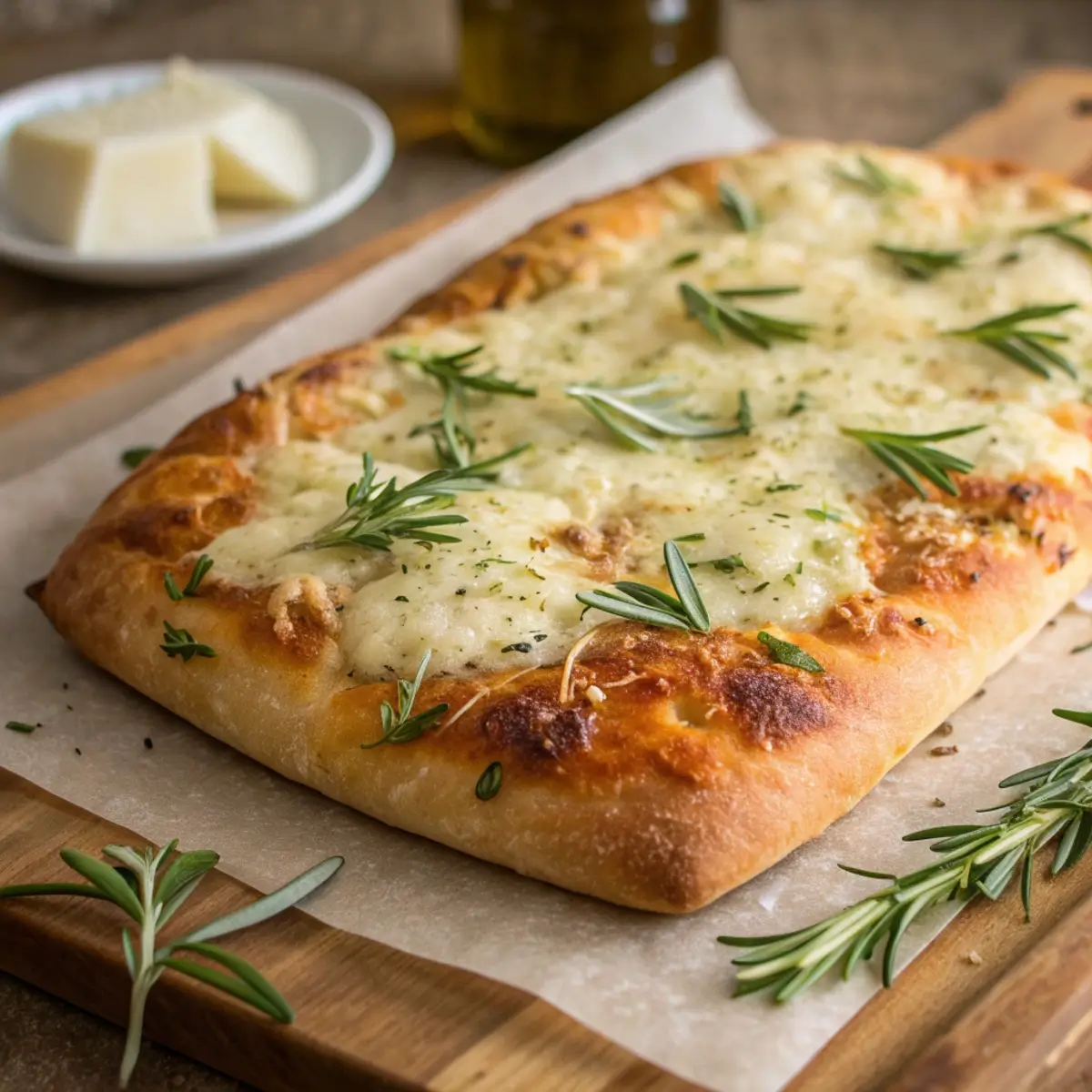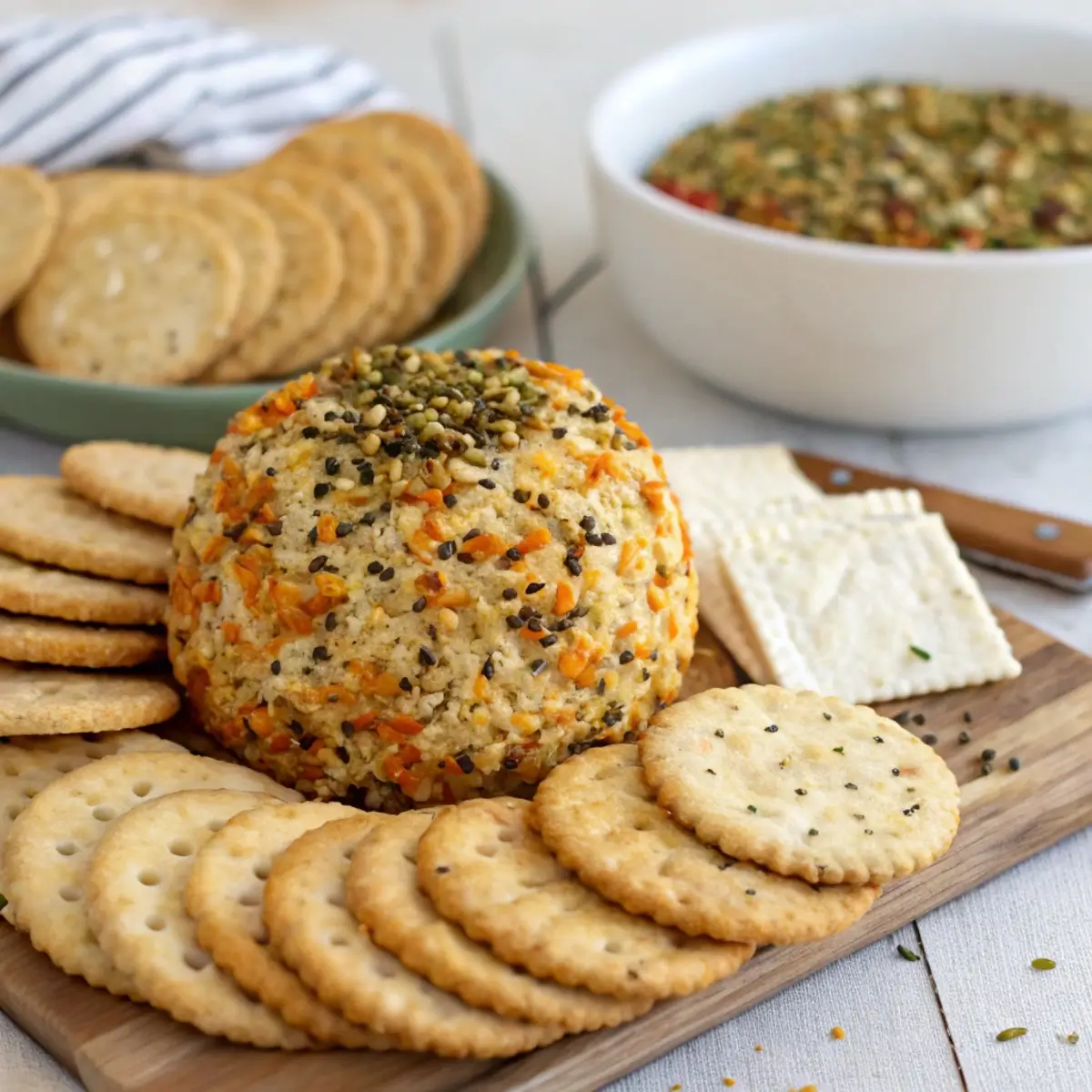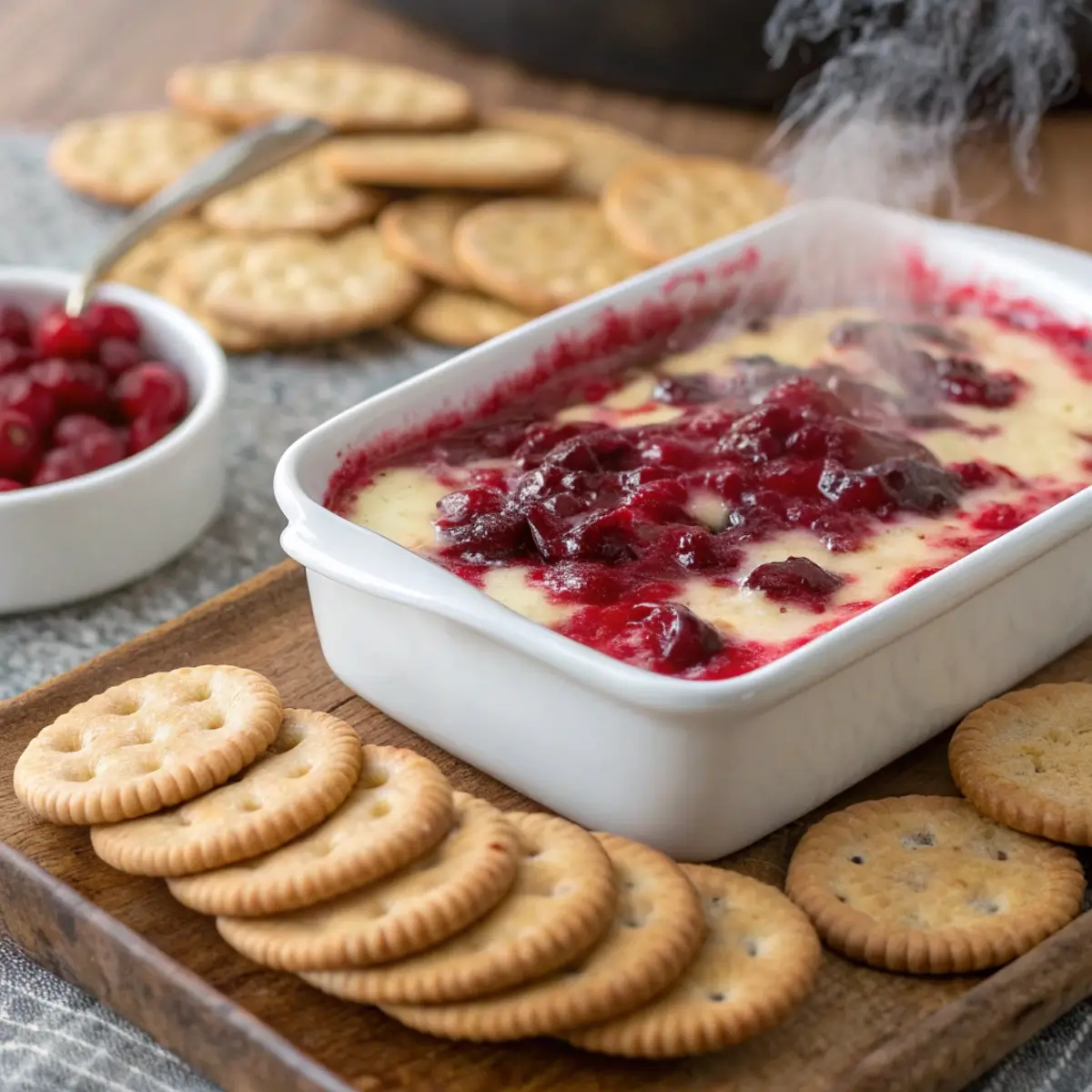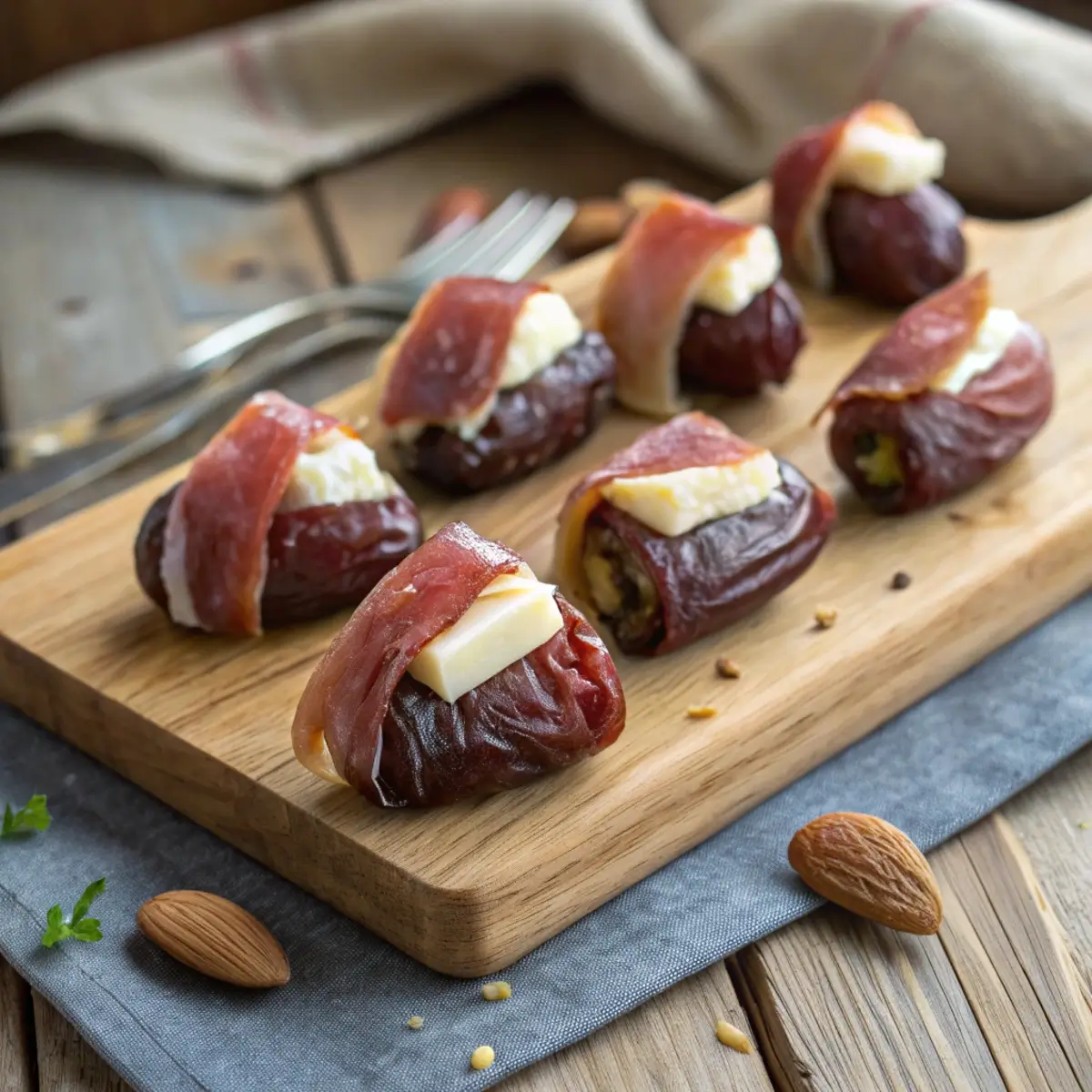Contents
- 1 Why You’ll Love This Recipe
- 2 Ingredients for Parmesan & Herb Sourdough Focaccia
- 3 Choosing the Right Parmesan
- 4 The Role of Herbs
- 5 Step-by-Step Method
- 6 The Perfect Bake: What to Look For
- 7 Tips for Success
- 8 Flavor Variations
- 9 Serving Ideas
- 10 How to Store Parmesan Herb Focaccia
- 11 Understanding the Science Behind the Airy Crumb
- 12 Common Mistakes to Avoid
- 13 Frequently Asked Questions
- 14 The Art of Balancing Cheese and Dough
- 15 A Note on Texture and Flavor
- 16 Final Thoughts
Sourdough focaccia is already a masterpiece of texture and flavor — soft, puffy, and infused with olive oil richness. But when you add fresh herbs and a generous dusting of parmesan, it transforms into something truly irresistible: crisp edges, aromatic top, and a cheesy umami note that lingers with every bite.
This Sourdough Focaccia with Parmesan & Herbs recipe strikes a perfect balance between rustic and refined. It’s simple enough for a weeknight bake but elegant enough to serve at a holiday table.
Imagine pulling this from the oven — the cheese bubbling into a golden crust, herbs releasing their fragrance, the airy interior steaming as you tear a piece apart. That’s the essence of this bake: savory, satisfying, and beautifully aromatic.
Why You’ll Love This Recipe
-
Deep, rich flavor: Long sourdough fermentation builds complexity while parmesan adds savory depth.
-
Cheesy golden top: The parmesan melts and crisps, forming a lightly crunchy surface.
-
Soft and airy crumb: Proper fermentation and high hydration create an open, tender interior.
-
Herb versatility: Use rosemary, thyme, basil, or a mix — fresh or dried — depending on the season.
-
Meal-ready: Perfect alongside soups, salads, pasta, or as a base for sandwiches and bruschetta.
Ingredients for Parmesan & Herb Sourdough Focaccia
For the Dough:
-
500g bread flour (high-protein, 12–13%)
-
100g active sourdough starter (100% hydration)
-
400–425g water (80–85% hydration)
-
10g fine sea salt
-
25g extra virgin olive oil (plus more for greasing and topping)
For the Topping:
-
40–60g finely grated parmesan cheese
-
2 tbsp chopped fresh rosemary or thyme (or 1 tbsp dried herbs)
-
Flaky sea salt to finish
-
Extra olive oil for drizzling
Choosing the Right Parmesan
For this recipe, you can use either freshly grated Parmesan Reggiano or a good-quality aged hard cheese like Grana Padano. Freshly grated cheese melts and browns more beautifully than pre-grated versions.
If you prefer a milder flavor, mix parmesan with a bit of shredded mozzarella or pecorino for variety.
The Role of Herbs
Herbs bring brightness and aroma to balance the richness of cheese and olive oil.
-
Rosemary: Classic and aromatic; pairs perfectly with parmesan.
-
Thyme: Earthy and subtle, adds depth.
-
Basil: Sweet and fresh, ideal for summer focaccia.
-
Oregano: Stronger herbal kick; great if using dried herbs.
You can even mix a combination for more complexity.
Step-by-Step Method
Step 1: Feed and Activate Your Starter
Feed your starter 6–8 hours before baking so it’s at its peak — doubled in size, bubbly, and slightly domed. A strong starter is crucial for proper rise and open crumb.
Step 2: Mix and Autolyse
In a large bowl, combine the flour and 400g of water. Stir until no dry bits remain. Cover and let rest for 45–60 minutes.
This step (the autolyse) allows the flour to hydrate, enzymes to activate, and gluten to begin forming naturally. The dough will already start feeling more extensible after this short rest.
Step 3: Add Starter and Salt
Add your 100g active starter to the autolysed dough. Mix with wet hands until mostly incorporated, then rest for 30 minutes.
Next, sprinkle in the 10g salt and drizzle the remaining 25g of water over it. Squeeze and fold gently until combined. Avoid aggressive kneading — the goal is to distribute ingredients evenly while maintaining elasticity.
Step 4: Bulk Fermentation
Bulk fermentation develops both gluten and flavor. It’s the foundation of a light, airy focaccia.
At room temperature (around 75°F / 24°C), bulk ferment for 4–6 hours, performing stretch-and-folds every 30–45 minutes for the first 2 hours.
How to perform a stretch-and-fold:
-
Wet your hands to prevent sticking.
-
Lift one edge of the dough and fold it over the center.
-
Rotate the bowl and repeat from each side.
After the third fold, the dough should feel smoother, stronger, and slightly puffy. Allow it to rest for the remaining bulk time until it has increased by 50–75% in volume.
Step 5: Cold Fermentation (Optional but Recommended)
Once bulk fermentation is complete, drizzle a little olive oil on top, cover tightly, and refrigerate for 8–16 hours.
Cold fermentation deepens the sourdough flavor, improves gluten structure, and enhances oven spring. It also fits beautifully into a baker’s schedule — you can shape and bake the next day.
Step 6: Shape the Dough
Remove the dough from the refrigerator and let it sit at room temperature for 1–2 hours to relax.
Generously oil your baking pan (a 9×13-inch rectangular pan or a round cast iron skillet both work well).
Gently transfer the dough into the pan without deflating it. Using your oiled fingertips, softly stretch it toward the edges. If it resists, let it rest for 10 minutes, then continue.
Step 7: Final Proof
Cover the pan with a damp towel or plastic wrap and let it proof at room temperature for 2–4 hours, depending on temperature.
By the end of this stage, the dough should look puffy, jiggly, and alive with visible air bubbles beneath the surface.
Step 8: Add Toppings
When ready to bake, preheat your oven to 450°F (232°C).
Drizzle the top of the dough generously with olive oil. Then, with lightly oiled fingers, dimple the dough — press straight down without tearing, creating small pockets for oil to pool.
Sprinkle the top with parmesan, herbs, and a pinch of flaky sea salt. The cheese will melt and form a beautiful golden crust as it bakes.
Step 9: Bake
Bake in the preheated oven for 25–30 minutes, or until the top is deeply golden and the edges are crisp.
The parmesan will bubble and brown, creating a lightly caramelized, salty surface that perfectly contrasts the soft interior.
Let the focaccia cool for at least 15 minutes before slicing. Cutting too soon can collapse the airy crumb.
The Perfect Bake: What to Look For
-
Golden edges: Crisp and slightly darkened from the olive oil.
-
Melted parmesan crust: Cheesy, bubbly, and aromatic.
-
Light interior: Open crumb with visible air pockets.
-
Herb aroma: A fragrant blend of olive oil, herbs, and toasted cheese.
When you lift a slice, it should feel soft but not heavy — that’s the mark of well-managed fermentation and proper hydration.
Tips for Success
-
Use high-quality olive oil: It’s a major flavor component in focaccia, so choose extra virgin olive oil with fruity or peppery notes.
-
Keep your starter strong: Feed it regularly for consistent fermentation.
-
Don’t rush bulk fermentation: Watch the dough, not the clock. Volume and texture matter more than time.
-
Use freshly grated cheese: Pre-grated parmesan often contains anti-caking agents that affect melting.
-
Let the dough relax between shaping attempts: High-hydration dough stretches best when rested.
-
Add herbs at the right time: Mixing herbs into the dough can reduce rise; adding them on top keeps the crumb open and fragrant.
Flavor Variations
Once you’ve mastered the base, you can create delicious variations with small tweaks:
-
Parmesan & Garlic Focaccia: Add roasted garlic cloves on top before baking for rich sweetness.
-
Parmesan & Sun-Dried Tomato Focaccia: Add sliced sun-dried tomatoes for a Mediterranean twist.
-
Three-Cheese Focaccia: Combine parmesan, mozzarella, and a sprinkle of feta for a layered cheesy experience.
-
Herb Blend Focaccia: Mix rosemary, oregano, thyme, and parsley for a complex aroma.
Each variation keeps the airy, olive oil–rich texture while introducing new dimensions of flavor.
Serving Ideas
This focaccia is incredibly versatile — enjoy it in countless ways:
-
As a side dish: Serve warm with soups, stews, or pasta.
-
For sandwiches: Slice horizontally and fill with roasted vegetables or grilled chicken.
-
As an appetizer: Cut into small squares and serve with olive oil and balsamic for dipping.
-
For brunch: Top with avocado, eggs, or hummus for a satisfying, savory meal.
Its combination of herbs, parmesan, and sourdough tang makes it delicious on its own, too.
How to Store Parmesan Herb Focaccia
Room Temperature: Store leftovers in an airtight container for up to 2 days.
Refrigerator: Keeps for 3–4 days; reheat before serving.
Freezer: Slice and freeze for up to a month. Reheat in the oven at 375°F (190°C) for 8–10 minutes to restore crispness.
To refresh day-old focaccia, drizzle with a touch of olive oil and warm it briefly in a skillet or oven — it revives beautifully.
Understanding the Science Behind the Airy Crumb
The secret to a tall, open crumb lies in controlled fermentation.
During bulk fermentation, yeast and bacteria from your sourdough starter create carbon dioxide and lactic acid. The gas inflates the gluten network, while the acids build flavor.
Proper hydration keeps the dough extensible, allowing bubbles to expand without bursting. Olive oil further tenderizes the crumb, coating gluten strands and enhancing softness.
That’s why focaccia made with sourdough feels so luxurious — airy yet rich, structured yet soft.
Common Mistakes to Avoid
| Mistake | Why It Happens | How to Fix It |
|---|---|---|
| Dense crumb | Under-proofed dough | Extend bulk fermentation next time |
| Collapsing top | Over-proofed or rough handling | Shorten proof time, handle gently |
| Burnt cheese | Topping added too early or oven too hot | Place toppings right before baking; check at 25 minutes |
| Sticky dough | Over-hydration or weak gluten | Perform an extra fold during bulk phase |
| Bland flavor | Weak starter or short ferment | Extend fermentation and use active starter |
Frequently Asked Questions
Can I use other cheeses instead of parmesan?
Yes, you can use pecorino, asiago, or a blend of parmesan and mozzarella for different flavor profiles.
Should I use fresh or dried herbs?
Both work! Fresh herbs add vibrancy and aroma, while dried herbs give a more concentrated flavor.
Can I skip the overnight fermentation?
You can, but the flavor will be milder. Overnight fermentation develops more depth and a softer crumb.
Why did my focaccia not rise much?
Your starter may not have been active enough, or the dough was too cold. Always ferment in a warm spot and ensure the starter is bubbly before mixing.
Is high hydration necessary?
Yes, for an airy texture. But if you’re new to sourdough, you can start at 75% hydration and increase gradually.
Can I bake this in a glass dish?
Yes, but metal or cast iron pans yield crisper edges. Glass produces a softer crust.
The Art of Balancing Cheese and Dough
When baking with cheese, timing and quantity matter. Too much cheese can weigh down the dough or burn on top. The right amount — about 40–60 grams — melts seamlessly into the olive oil, creating a thin, savory crust while still allowing the focaccia to rise.
The herbs complement this balance beautifully, enhancing flavor without overpowering the natural sourdough tang.
A Note on Texture and Flavor
A well-made parmesan herb focaccia should have:
-
A light, open crumb with visible air pockets
-
A crisp, golden top infused with melted cheese
-
A savory, fragrant aroma from herbs and olive oil
-
A slightly tangy flavor from long fermentation
Each bite should be an interplay of textures — chewy interior, crunchy edges, and aromatic topping.
Final Thoughts
This Sourdough Focaccia with Parmesan & Herbs celebrates the simple joy of bread, cheese, and olive oil coming together in perfect harmony. It’s a recipe that feels luxurious but remains rustic at heart — deeply flavorful, comforting, and versatile.
Whether served at a family dinner, shared at a gathering, or enjoyed fresh from the oven on a quiet evening, this focaccia always impresses.
The beauty of sourdough is that every bake tells a story — of time, patience, and care. And with parmesan and herbs, that story ends in pure, golden deliciousness.





